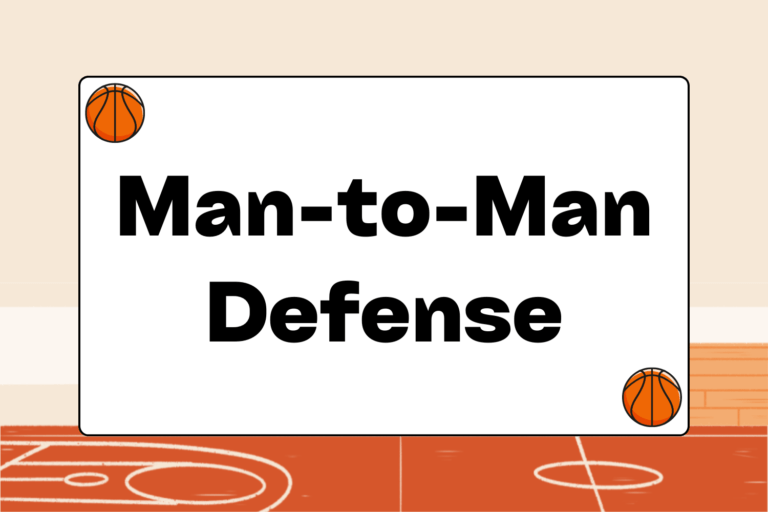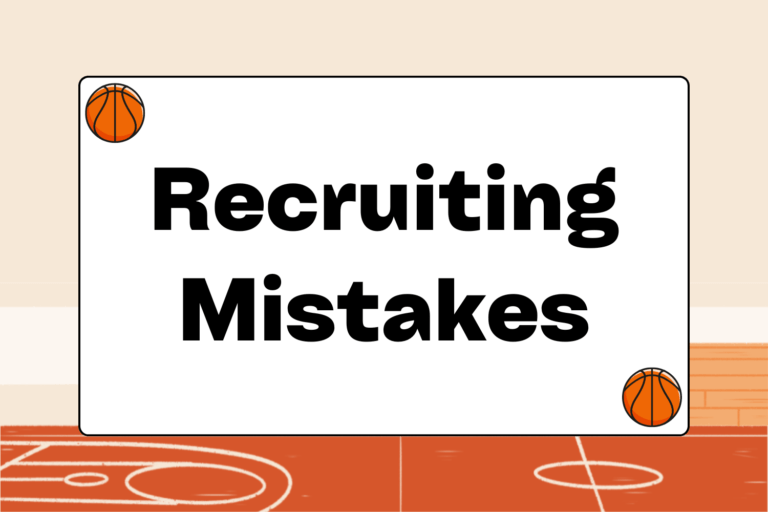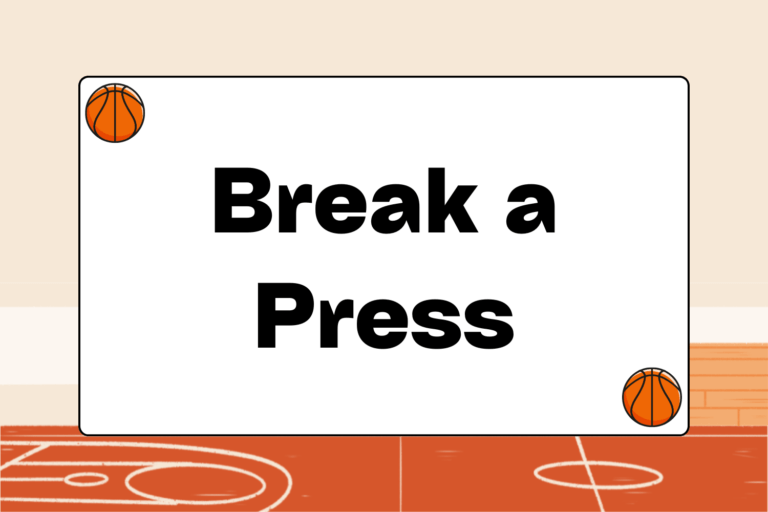The goal of transition defense is always to prevent fast break offense, which can lead to easy lay-ups and quick baskets. Fast break opportunities apply ample pressure on a team, and can be the deciding factor in any game.
Good transition defense should also be a strong coaching point. Most players play pick-up games or scrimmages during the off-season, where lazy defensive habits are often formed. For this reason, taking time in practice to work on transitioning quickly from offense to defense is imperative.
This guide will cover the fundamentals of getting back on defense, including defensive assignments, effective team drills, and tips to avoiding getting beat on the break.
Defensive Responsibility
The first step to transitioning from offense to defense is making sure each player knows his defensive responsibility on the floor. These responsibilities will vary from having one or two guards retreat to protect the backcourt, to half- or full-court pressure.
The most common method is to have one guard retreat near the half-court line on every shot, though two guards are often used against a quick team that likes to get out in transition. In this case, the remaining forwards and post player will crash the offensive glass.
A couple of important points about the one- or two-guards-back system:
- Communicate to substitutes: If a guard is subbed out of a game, he or the coach must communicate his transition responsibility to the new player.
- Guard penetration: If a guard dribble penetrates or winds up near the basket, a wing player must slide back and assume half-court responsibility. Once again, communication is key to knowing defensive assignments.
- Post player pressures rebounder: The defensive rebounder’s man must apply on-ball pressure for a moment to prevent a quick outlet or to get a steal while the rebounder scans downcourt for an outlet pass receiver.
The instinct of many guards is to slide forward on any shot to collect a rebound. Also, the instinct of many big men is to retreat quickly without pressuring the rebounder to avoid getting beat downcourt. As a result, it’s important to practice learning defensive assignments and responsibilities until they become instinctual.
Hot Tip: Protect the Ball
The best defensive transition teams crash the boards and take care of the basketball. Avoiding turnovers and creating second chances on the glass are the best ways to slow down an effective fast-break team.
Hustle
Once the rebound has been made, it‘s the job of every player on the team to get back on defense. The only exception is if one player pressures the rebounder, and that effort should only last a moment or two.
The primary defensive task in transition is to stop the ball. This often falls to the guard on the same side of the court as the ball; in reality, whoever is closest to the ball should stop it. That player can yell, “Ball, Ball”, to let everyone know it’s covered, or to signal to a teammate his responsibility to take the man with the ball.
Once the ball is being checked, the every other player should sag into the paint to protect the basket. This is more important than finding and defending your own man. The goal is to defend the offensive player closest to the basket, and extend from there. The best case scenario in transition defense (besides creating a turnover) is forcing an outside shot or pass that allows the defense to recover.
Mental Edge
On most competitive teams, failing to hustle back when transitioning to defense can easily lead to an easy basket for the opposition, not to mention a quick seat on the bench.
3-on-3 Transition Defense Drill
This drill begins with 6 players separated into teams of 3, huddled beneath one basket in no particular order, along with the coach holding the ball:
- On the coach’s whistle, he tosses the ball to one random player on either team and calls out that player’s jersey color.
- This begins a fast break opportunity working toward the basket on the opposite end of the floor.
- The defender nearest the ball-handler must stop the ball, while the remaining two defenders guard the paint, working to avoid letting an offensive player establish position down low.
The object for the defense is to slow down the attack or force a turnover. Keeping score and rewarding the winner makes the drill more competitive.
3-on-2 Drill
A variation of this 3-on-3 drill begins with three offensive players spaced evenly across the baseline beneath one basket, and a defensive player guarding each man a couple feet off the baseline. At the whistle, the coach passes to one of the three 3 offensive players who initiates the fast break by dribbling upcourt. That man’s defender must allow the ball-handler to pass him and touch the baseline before retreating on defense, making him the trailer on the play. Also, the defender nearest the ball must slide over and guard the ball for the length of the court, while the third defender retreats to defend the basket.
Both drills build defensive responsibility awareness and the mindset needed to transition quickly. Teaching points for both drills include:
- Focusing on transition offensive skills and reward baskets.
- Teaching ball-handlers to distribute the ball.
- Avoiding fouls or aggressive play.
- Decreasing time between whistles to improve conditioning.
The key to improving transition defense and building good habits is working on these drills routinely in practice.
Additional Tips
While stifling the fast break hinges on nailing the basics mentioned above, a few additional rules should be folded into drills and practice:
- Take care of the ball and avoid turnovers.
- Remember to use good shot selection and avoid long rebounds.
- Forwards and post players must go to the glass and don’t make it easy for defensive rebounders.
- Keep eyes on the ball while retreating on defense.
- Communicate with teammates to spread out assignments.
Stopping an aggressive, fast-breaking team can be a daunting challenge. However, stopping a running team’s number one weapon can be like de-clawing a lion, and can swing the momentum completely.





